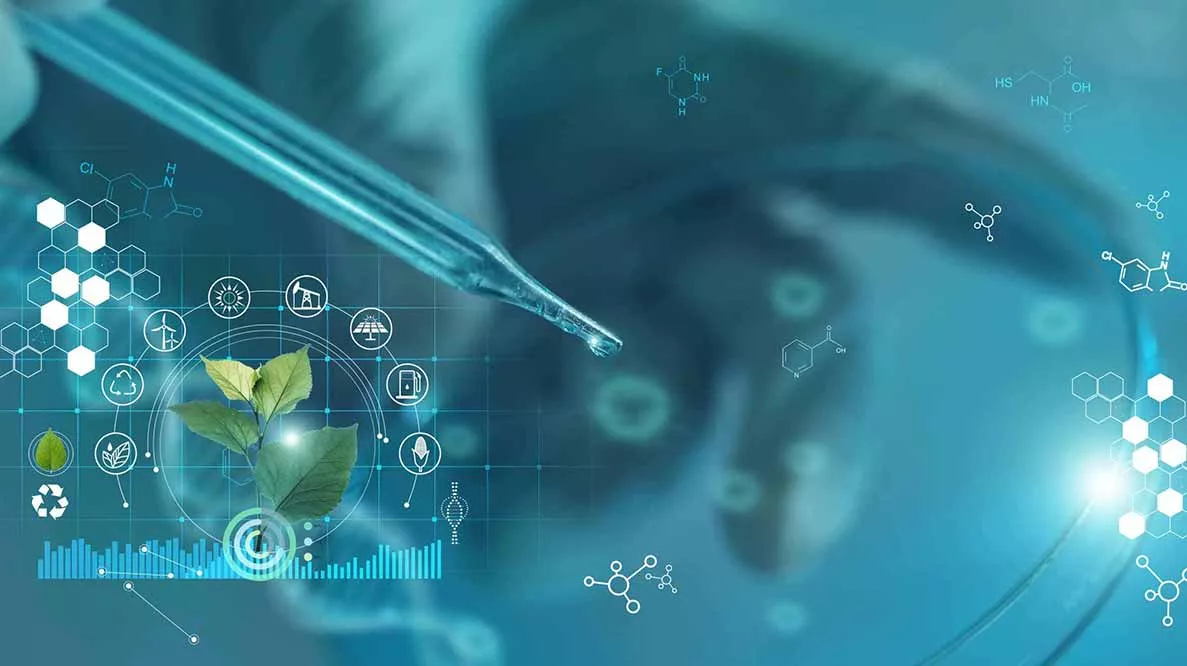Introduction
The growth of the Latin American biotech market and expiration of biotech patents has pushed national regulators to adopt a different approach to regulating biotech products compared with synthetic products.
By their very nature, biological products present more challenges than classic synthetic medicines. These challenges are even more difficult to address in such a diverse region as LATAM, which comprises more than 30 countries with different socio-economic and culture realities.
At the same time, however, there has been growing recognition of the importance of biotech products in the region, particularly in the wake of the COVID-19 pandemic with the development of biotech medicines to manage the virus. Authorities also increasingly recognize the economic potential from encouraging scientific development of new immunotherapies within LATAM markets. First, though, they must overcome both existing and new regulatory barriers.

